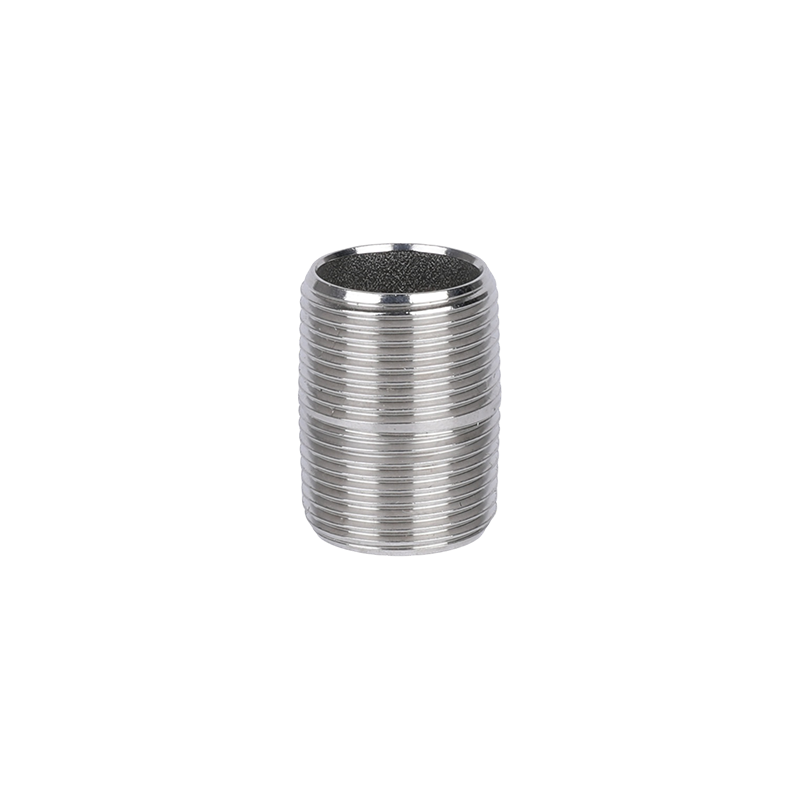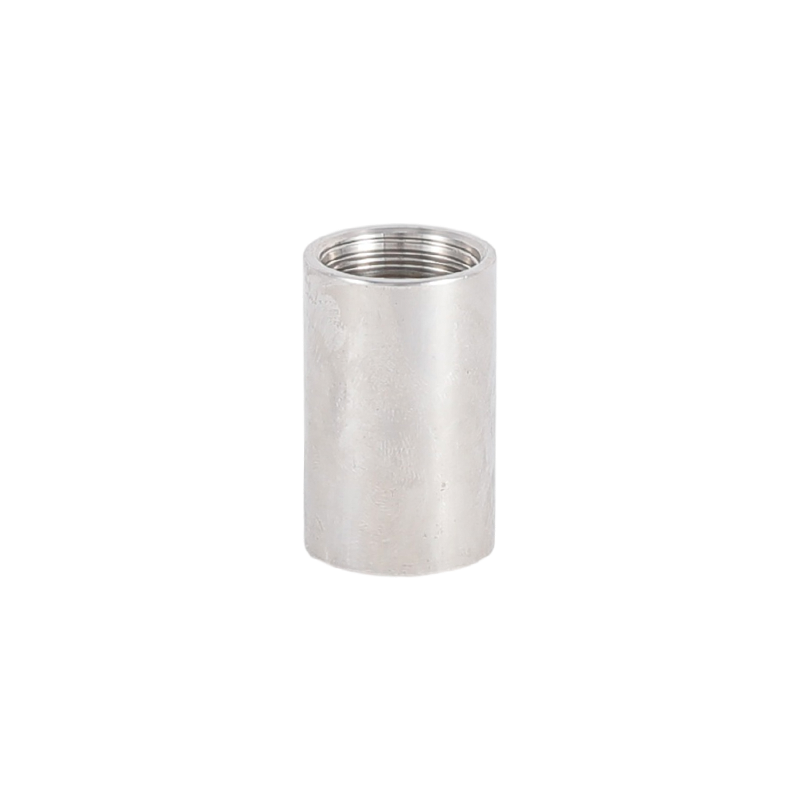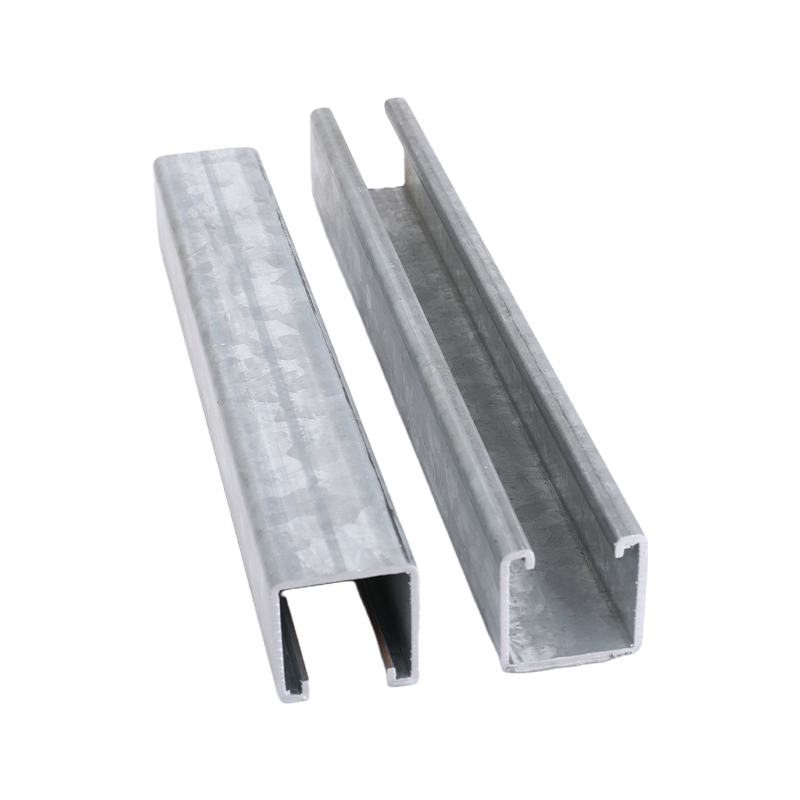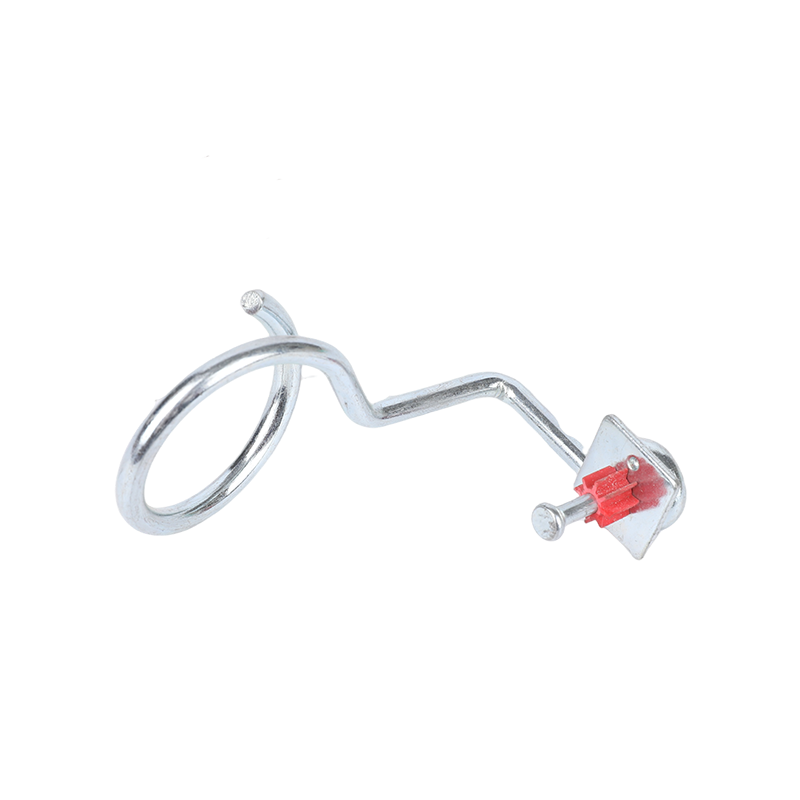In the design and construction of piping systems, selecting the appropriate joint type is crucial to ensuring the stable operation of the entire system. Among the many types of joints, rigid conduit nipples stand out for their unique strong characteristics and high load-bearing capacity. Especially in the face of complex and changing working conditions, their advantages are even more significant. Compared with flexible joints, rigid conduit nipples exhibit unparalleled structural robustness, which makes them play an important role in applications in many fields.
First of all, the sturdiness of rigid conduit nipples is mainly reflected in its material selection and structural design. Usually made of high-strength metal materials such as stainless steel, copper alloy, etc., these materials not only have excellent mechanical properties, but also have good corrosion resistance and wear resistance. At the same time, the structural design of the joint has been precisely calculated and optimized to ensure its stability and safety when withstanding high pressure and large impact forces. This sturdy structural design enables rigid conduit nipples to effectively cope with various challenges in pipeline systems, such as high-pressure transportation, frequent vibration, thermal expansion and contraction, and other adverse factors.
Secondly, the high degree of rigidity of rigid conduit nipples is crucial to ensure the stability of the piping system. Under complex and changeable working conditions, pipeline systems often need to withstand forces and vibrations from different directions. If the joint is not rigid enough, it may cause the pipe to deform, loosen or even break. rigid conduit nipples, with their solid structure and strong load-bearing capacity, can firmly fix both ends of the pipeline and prevent pipeline displacement and deformation caused by factors such as vibration, thermal expansion and contraction. This stability not only extends the service life of the pipeline system, but also reduces the risk of production interruptions and safety incidents due to pipeline failure.
In addition, rigid conduit nipples have irreplaceable advantages in piping systems that require high stability and reliability. For example, in fields such as petrochemical industry, natural gas transportation, and nuclear energy engineering, pipeline systems often need to withstand extremely high pressures and temperatures, and are also required to have extremely high sealing and safety. These stringent requirements make it difficult for flexible couplings to meet the demand, and rigid conduit couplings are the first choice due to their excellent performance. In these fields, the application of rigid conduit nipples not only improves the overall performance of the pipeline system, but also ensures the safe and smooth progress of production and operations.
Rigid conduit couplings play an important role in piping systems due to their strong properties and high degree of stability. Compared with flexible joints, it shows unparalleled advantages in withstanding pressure, impact force and maintaining pipeline stability. In the future development, with the continuous advancement of science and technology and the continuous improvement of engineering needs, rigid conduit nipples will continue to exert their unique advantages to protect the stable operation and safe production of pipeline systems.

 English
English Español
Español








